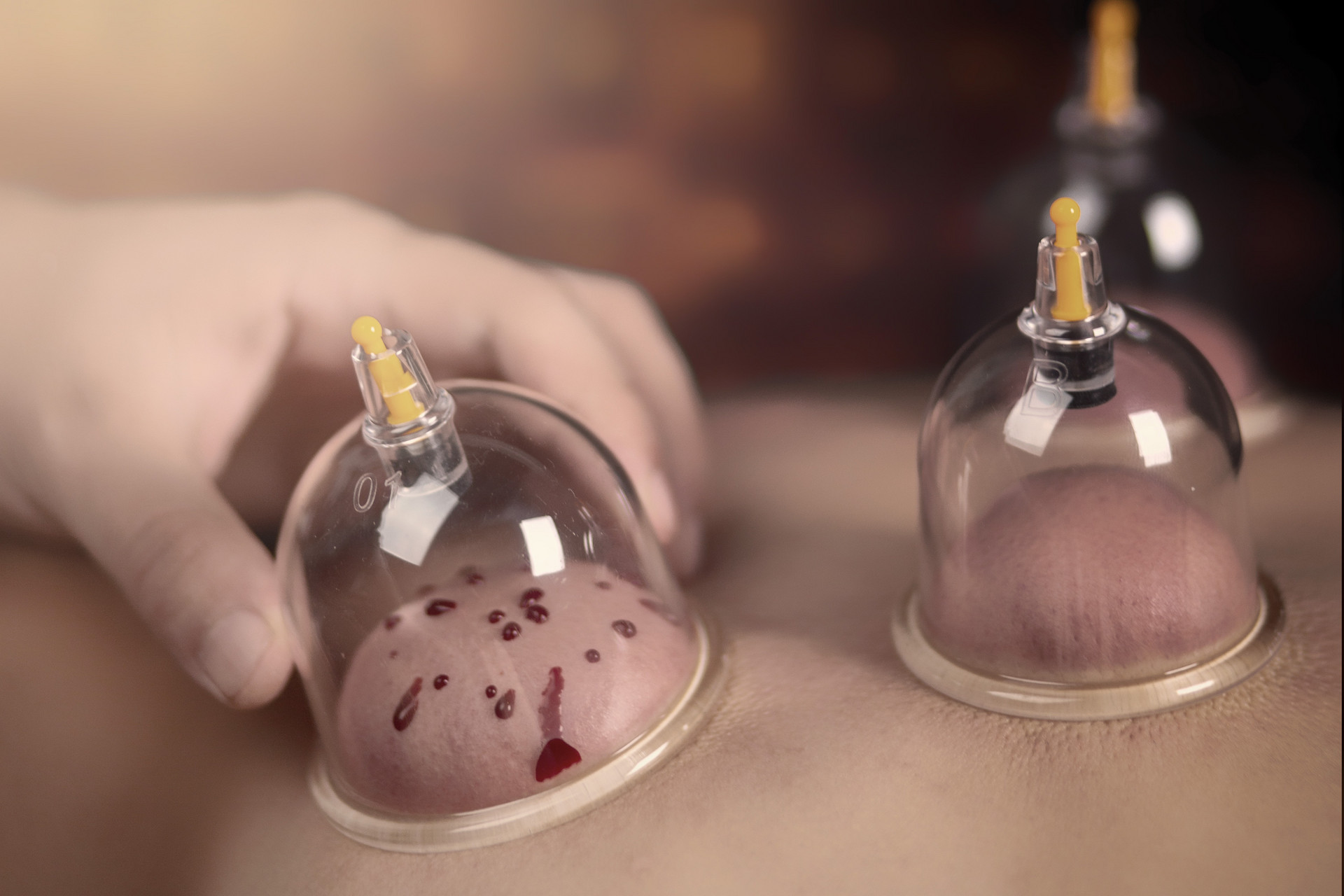Blisters after cupping are quite common, especially in people who are experiencing cupping for the first time. There is no need to worry too much, as long as they are properly treated, they will heal over time. So how should blisters after cupping be treated?
Treatment with iodine
Method: Small blisters can be left to heal on their own without being punctured. Use a sterilized needle to puncture larger blisters and squeeze out most of the fluid. Then, apply iodine to the blister using a sterilized cotton swab and cover it with gauze. Repeat this process daily for faster recovery.
Effect: Iodine is a commonly used disinfectant and a staple in households. Treating blisters with iodine can prevent bacterial infection and pus formation, and help to remove blisters of various sizes.
Treatment with saline solution
Method: Dissolve 20 grams of table salt in 180ml of cool boiled water. Soak a piece of gauze in the solution and apply it to the affected area. Prepare another basin of cool boiled water for cleaning, and change the dressing regularly. This method is more suitable for people with less noticeable blisters.
Effect: High-concentration saline solution can dehydrate tissues and provide strong stimulation to the affected area. This method utilizes the principle of cell osmotic pressure to treat blisters without causing discomfort to the skin. It should be noted that this is a household remedy, and if medical saline solution is available, it would be even better.
Treatment with raw rhubarb
Method: Grind raw rhubarb into fine powder and mix it with a suitable amount of sesame oil to make a paste. Use a sterilized cotton swab to apply the paste to the blister and the surrounding skin tissue. Finally, cover it with gauze and change the dressing daily.
Effect: Topical application of raw rhubarb can promote blood circulation, cool the blood, and detoxify. It is also suitable for treating blisters.
Seek medical attention for severe cases
Sometimes, blisters caused by cupping can be quite large, and the skin wounds can be extensive. The above methods may have limited effectiveness in such cases. To avoid bacterial infection, it is advisable to seek medical treatment.
Precautions for blisters after cupping
1. Blisters after cupping are mostly caused by differences in the treated area compared to its normal state, or differences in skin density. While it is not a serious issue, it is important not to scratch or puncture the blisters as it can easily lead to infection.
2. The area with blisters should be kept loose to prevent friction and rupture. Therefore, avoid wearing tight clothing.












